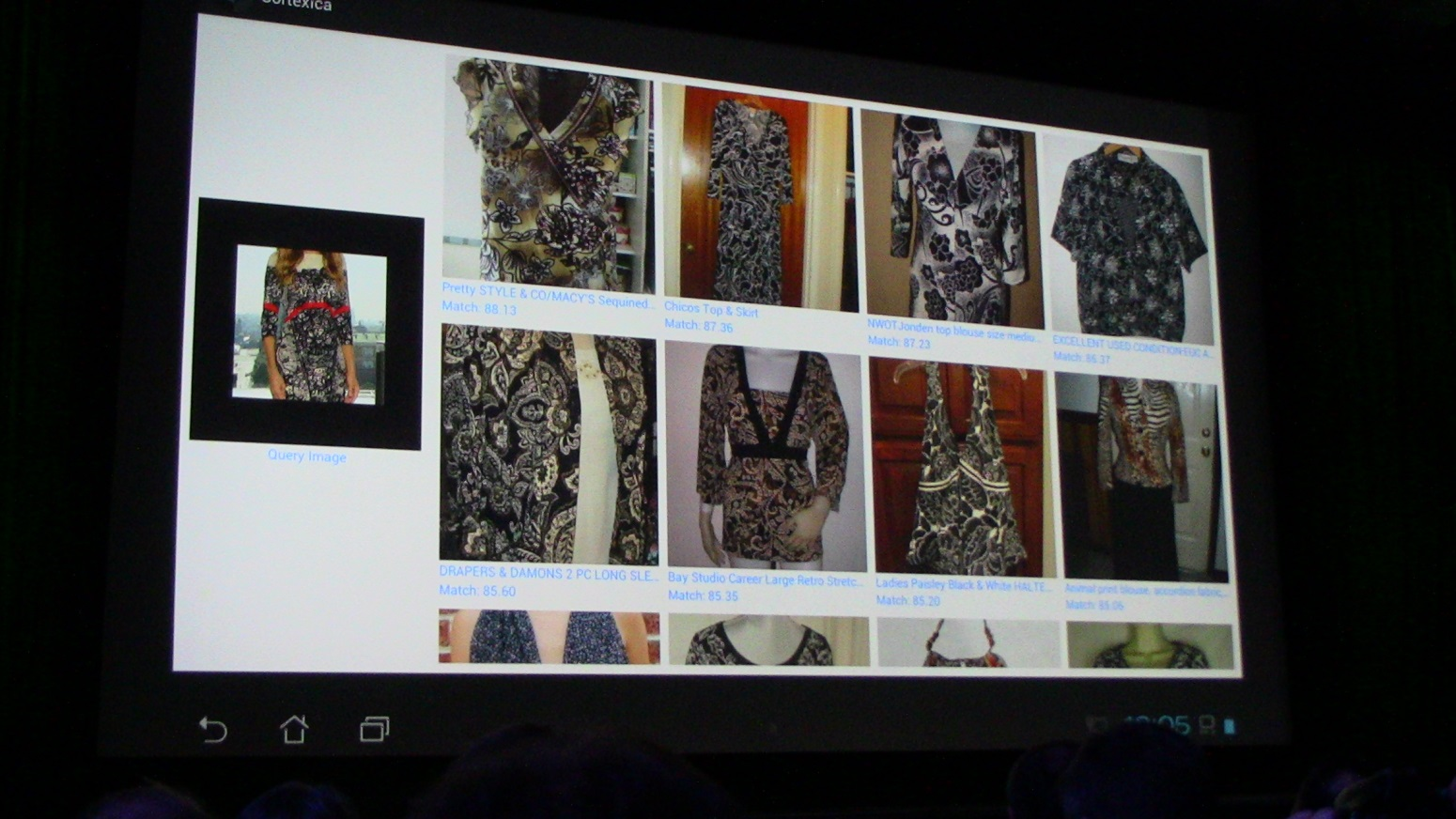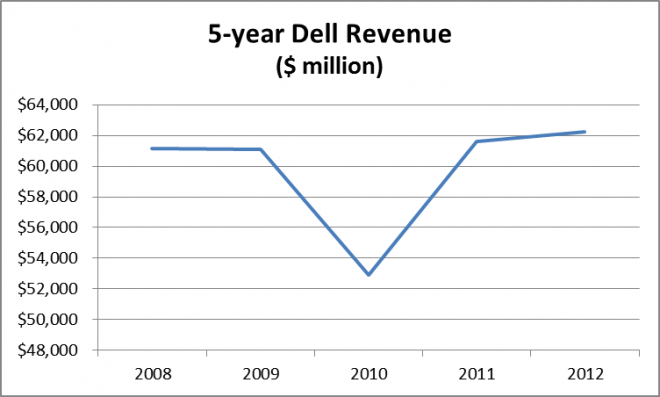Dell’s move to take itself private has the tech world buzzing. Our pal TPM dissects the deal here, discussing how much this move is going to cost and where the cash is coming from.
There’s a lot of talk about the motives behind the deal. Some say Dell is doing it to escape the quarterly visit to the Wall Street meat grinder, where either you meet (or exceed) their expectations or get ground into a fine slurry. Going private frees Dell of public reporting requirements and gives them more latitude to acquire, divest, or otherwise remodel the business.
Others say that Dell (the guy) and his partners from the financial industry (Silver Lake, plus others) want to buy the company so they can chop it up and part it out. Along the way, they’ll cut costs to the bone so that they can milk every bit of excess cash into their money pails.
We might well see Dell (the company) realign and reset their strategy – but I don’t see Michael Dell savagely pillaging the company that still bears his name.
I also don’t see Microsoft having much influence in Private Dell. Sure, they kicked in $2 billion, but it’s a loan; and unless they’re getting board seats, Microsoft isn’t going to be driving the Dell bus.
Value and the perception of value is the real reason behind Dell becoming Private Dell. Here’s a look at Dell’s revenue over the past five years. Note the big dip in 2010 – ouch. But also note that revenue in 2012 at $62.2 billion is marginally higher than the $61.1 billion they cash registered in 2008.
Read More





